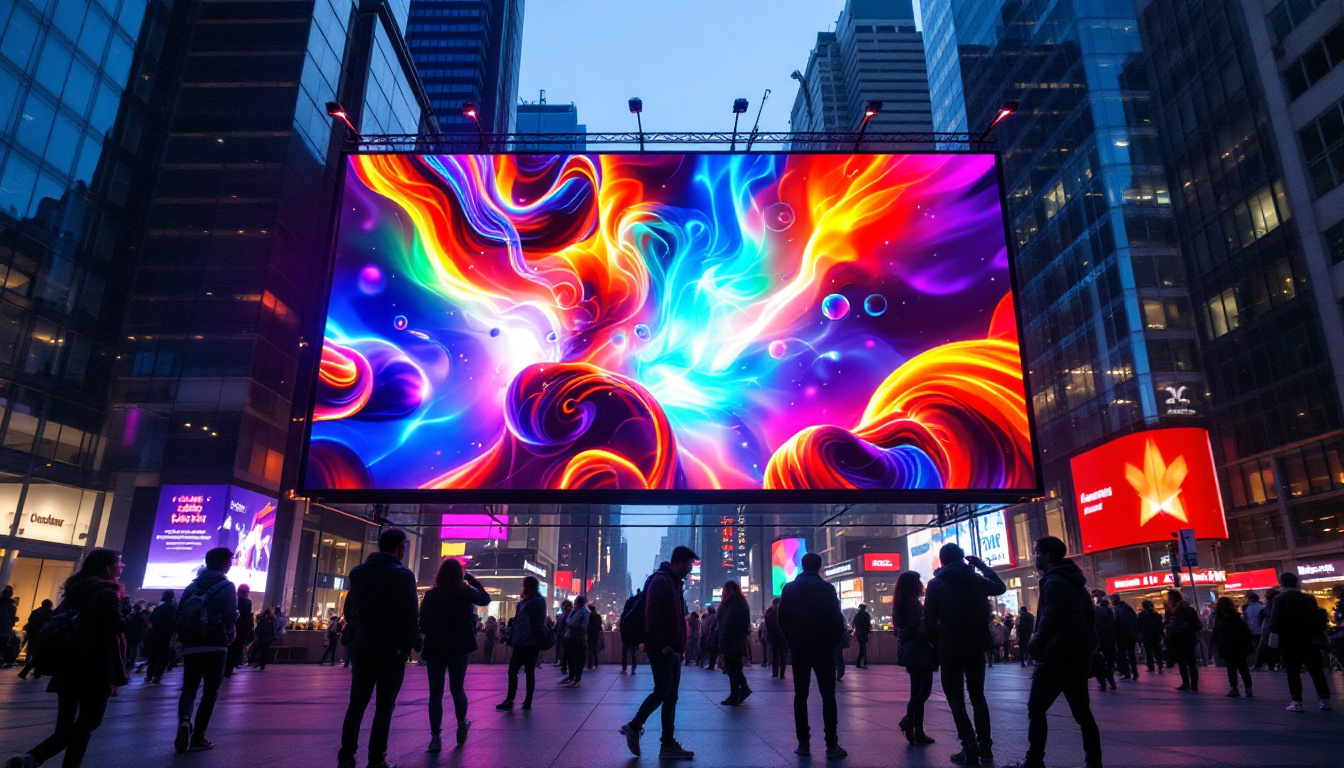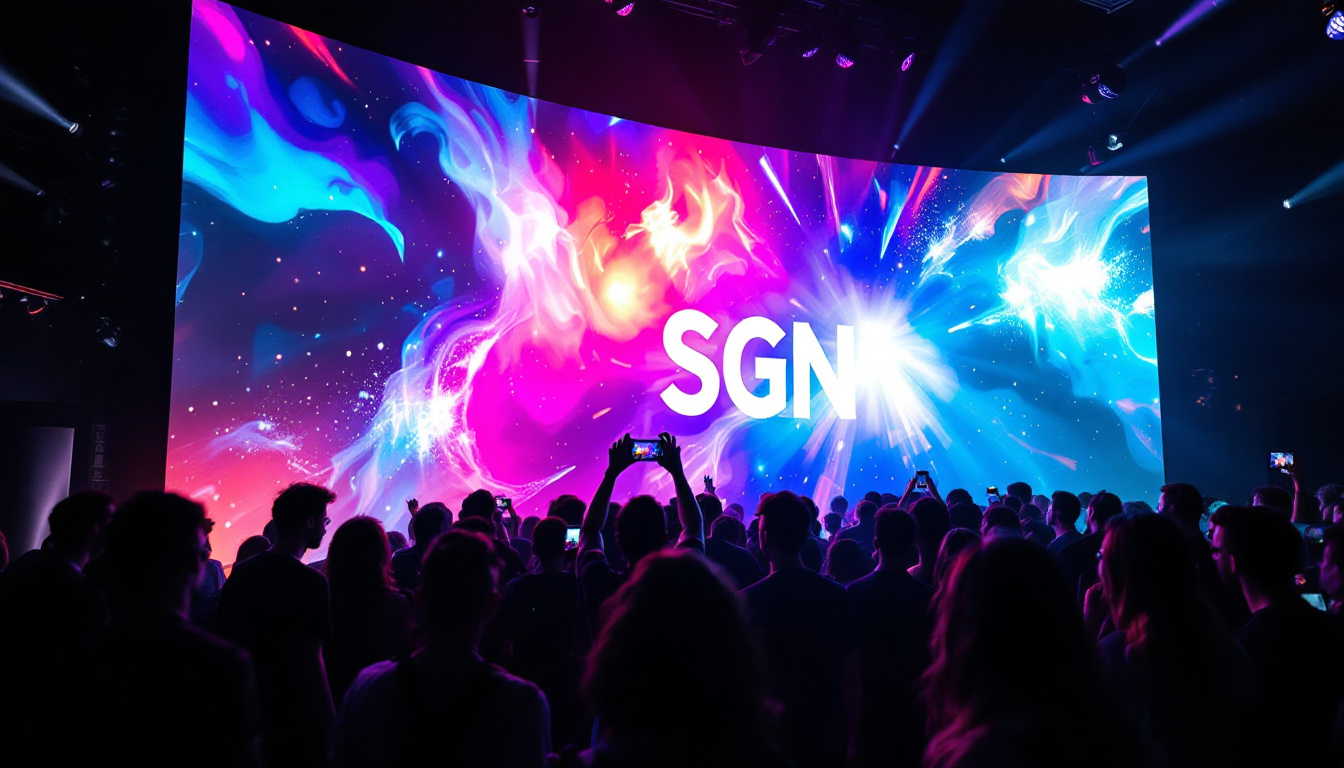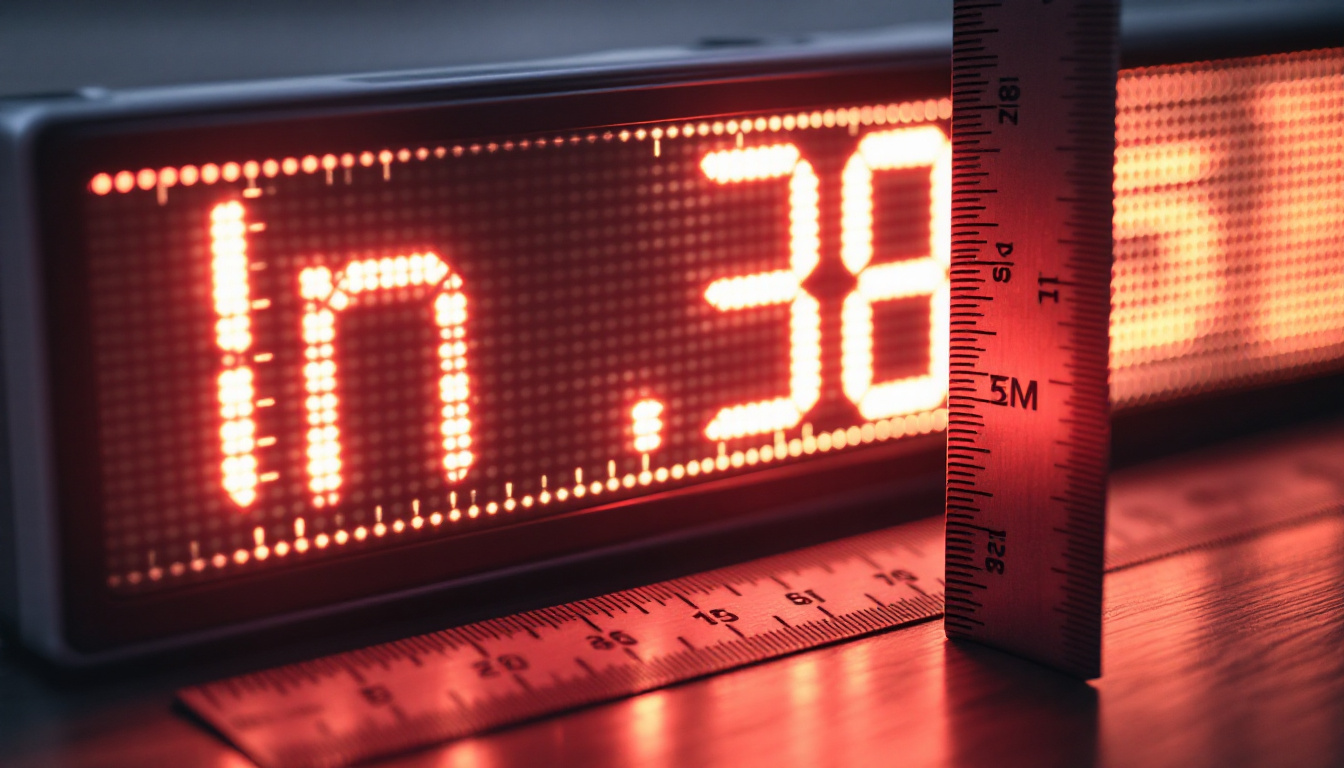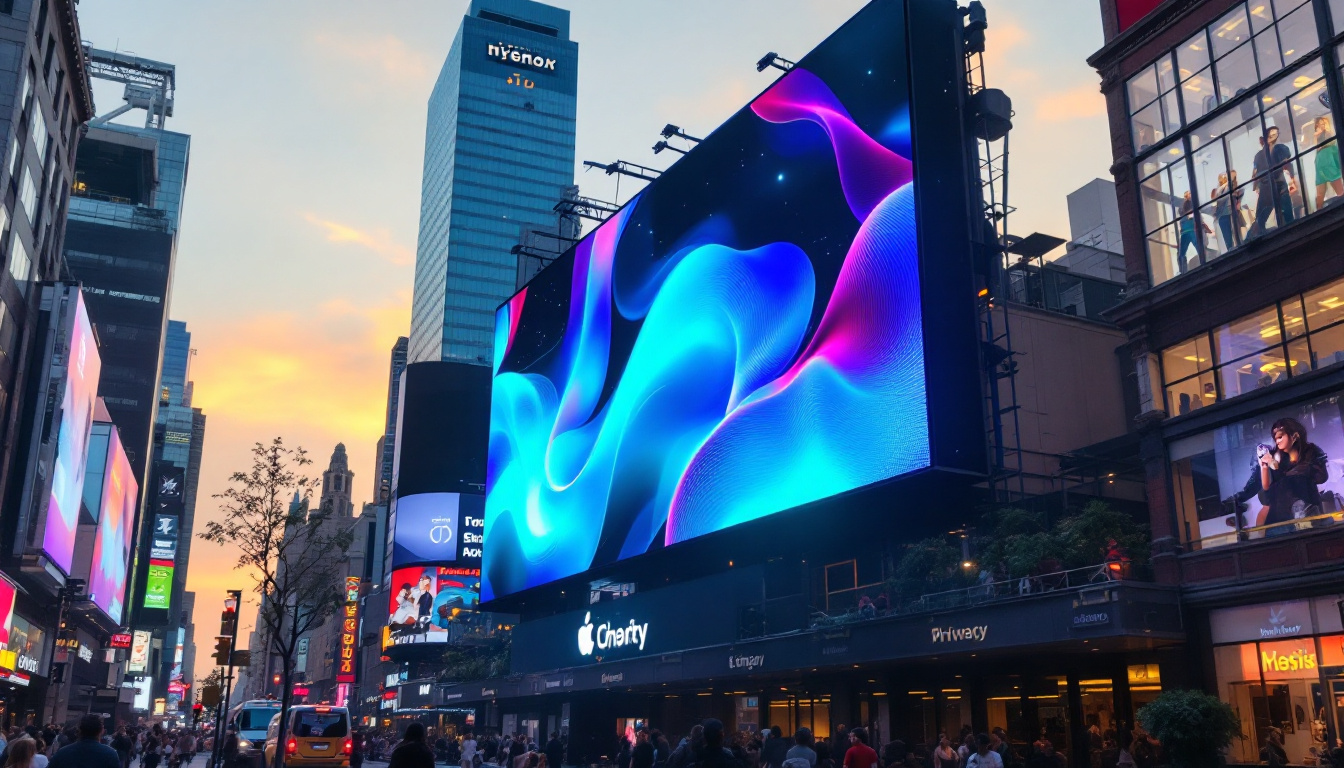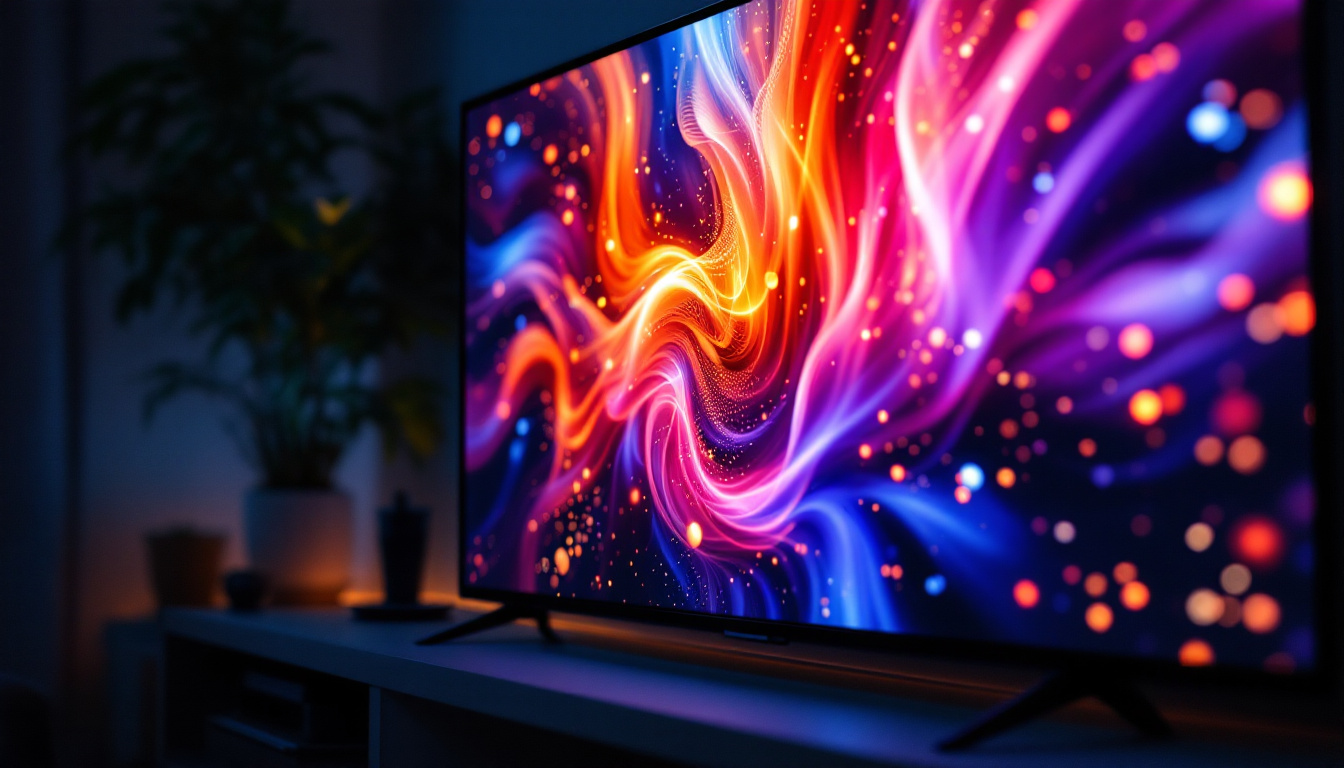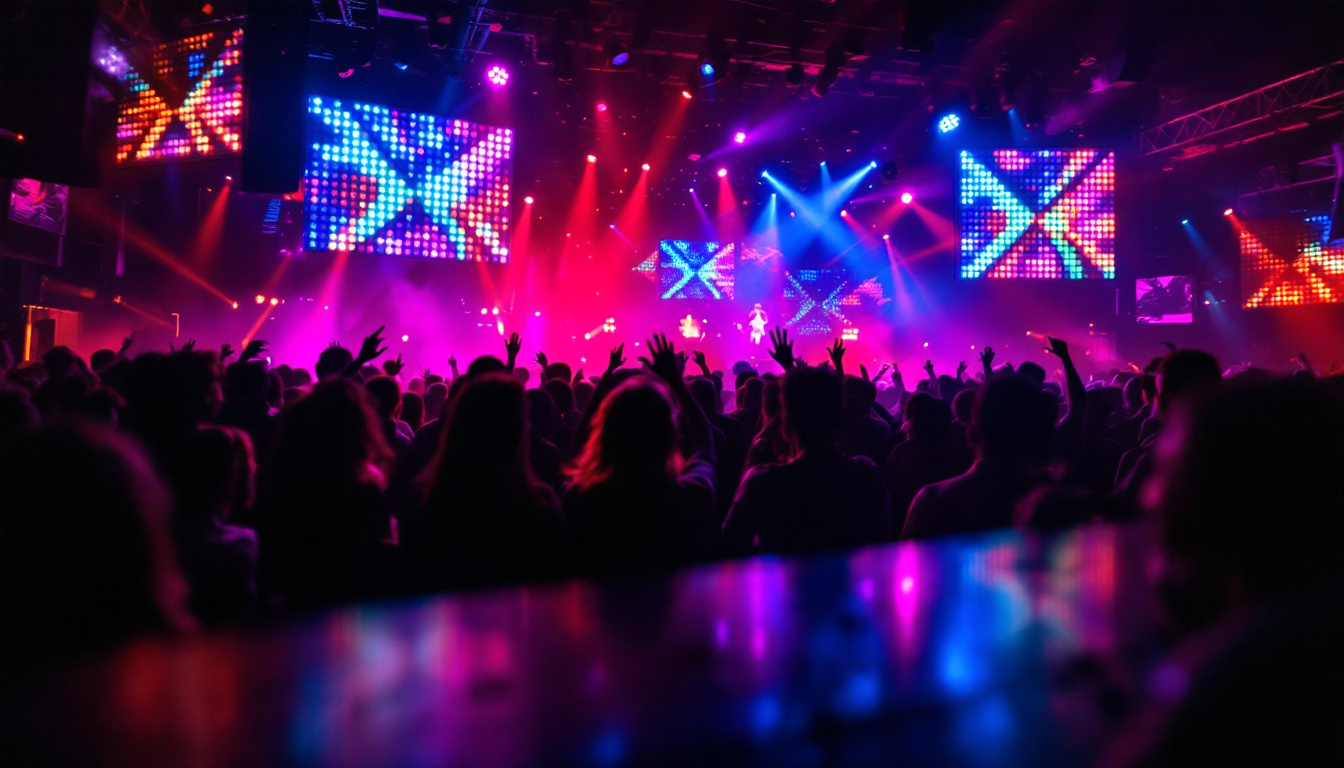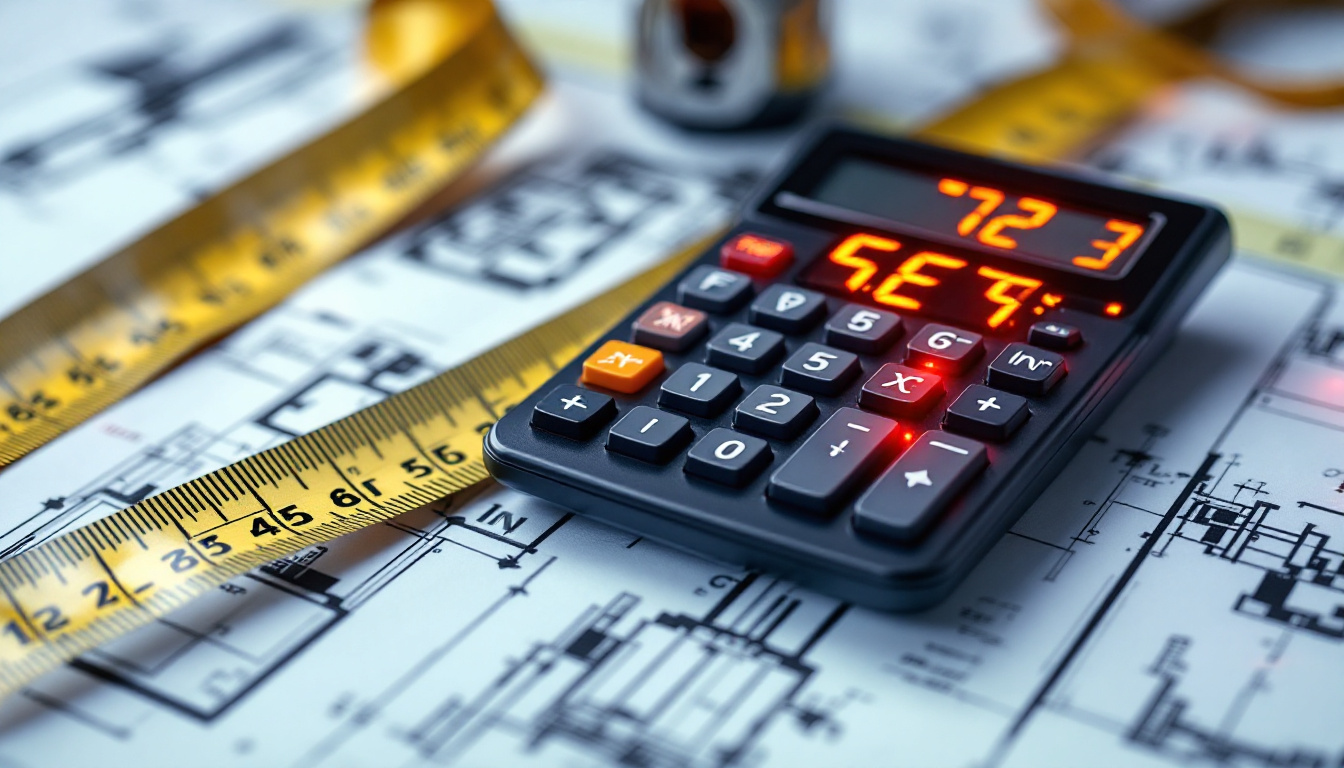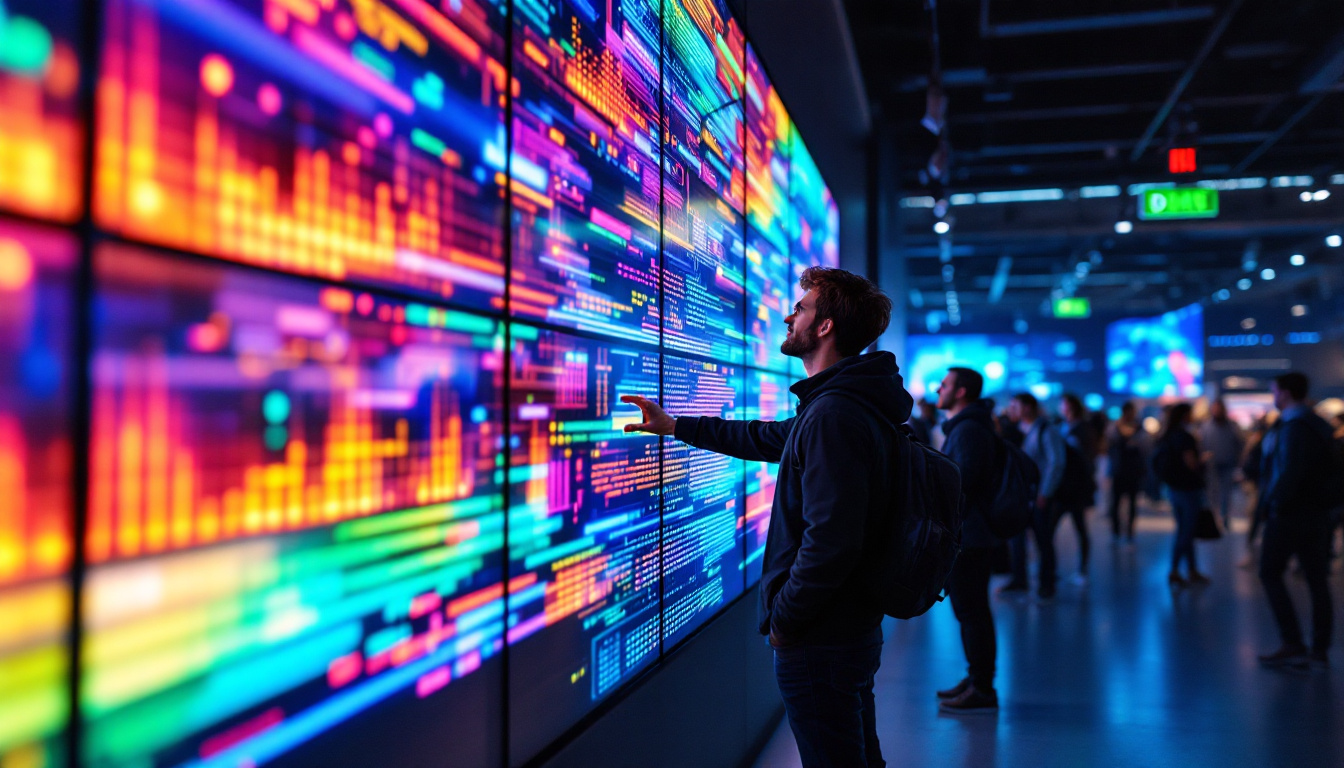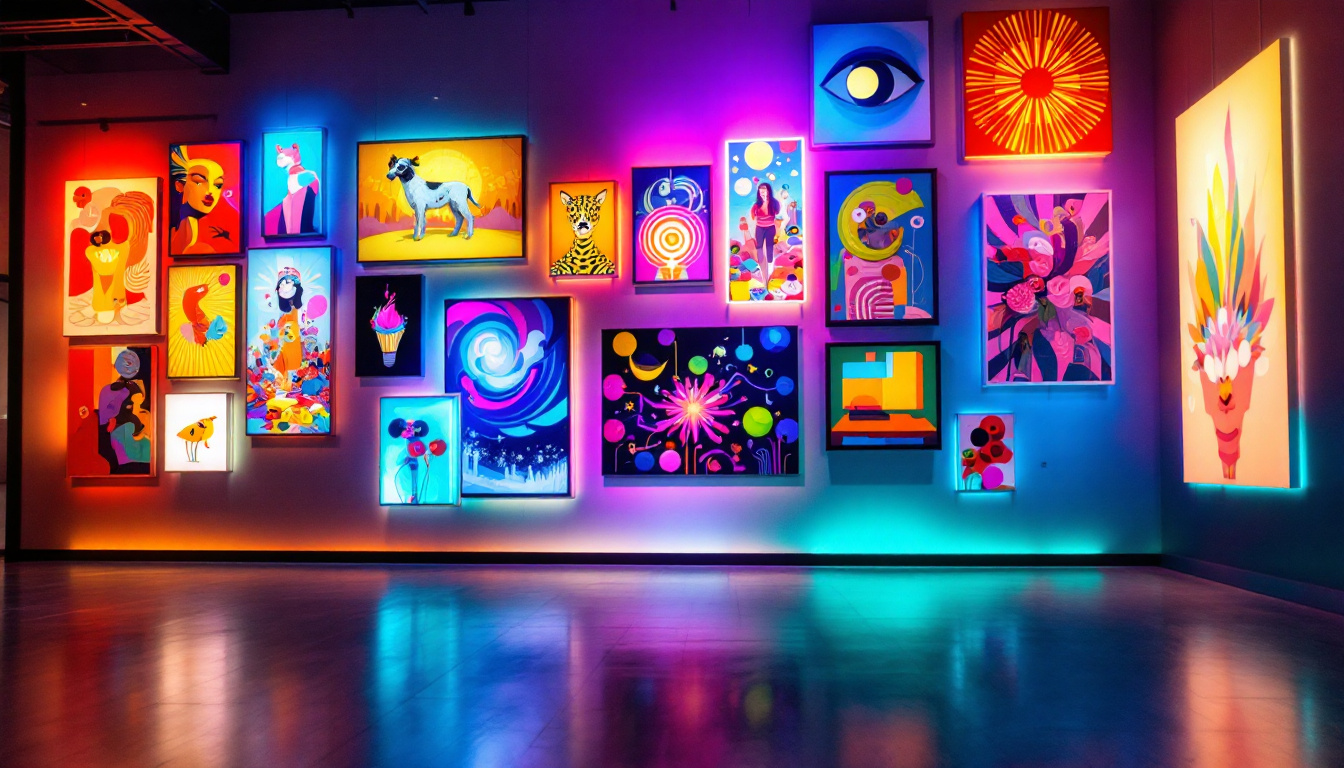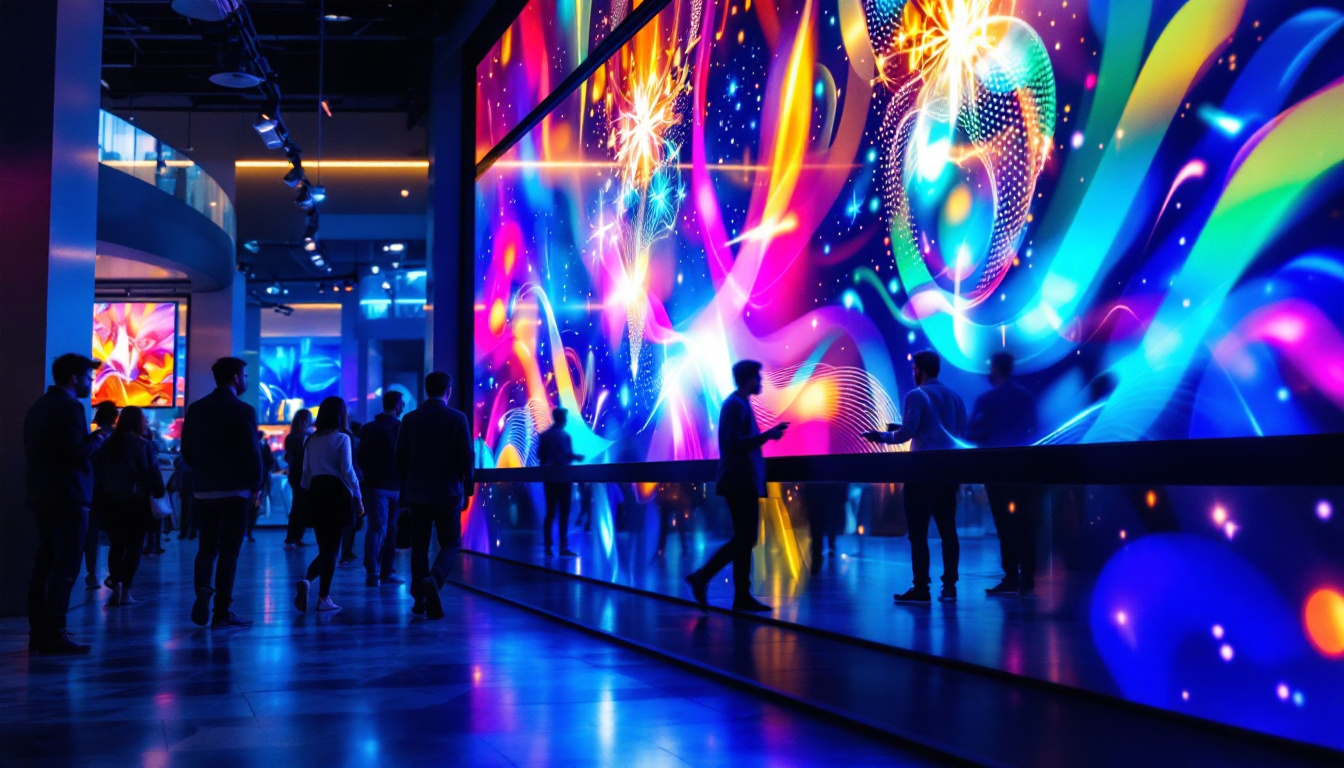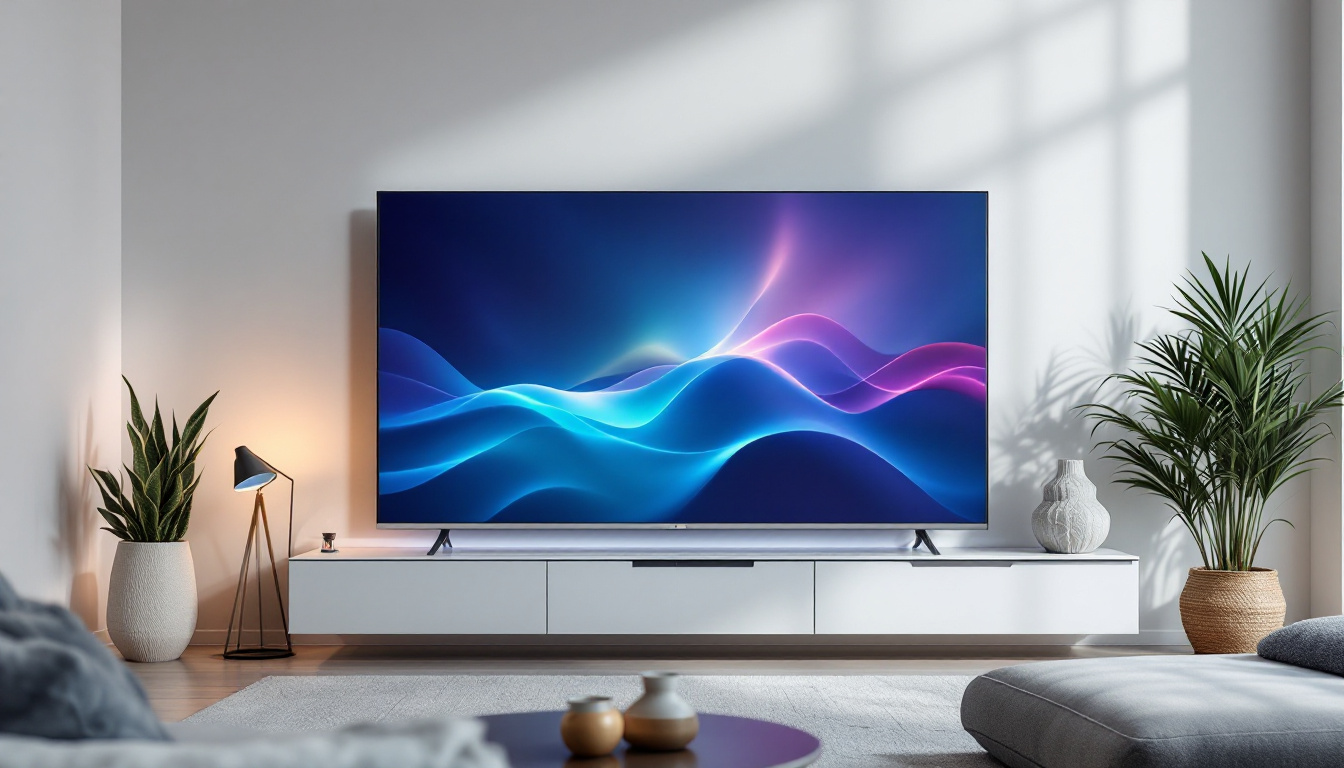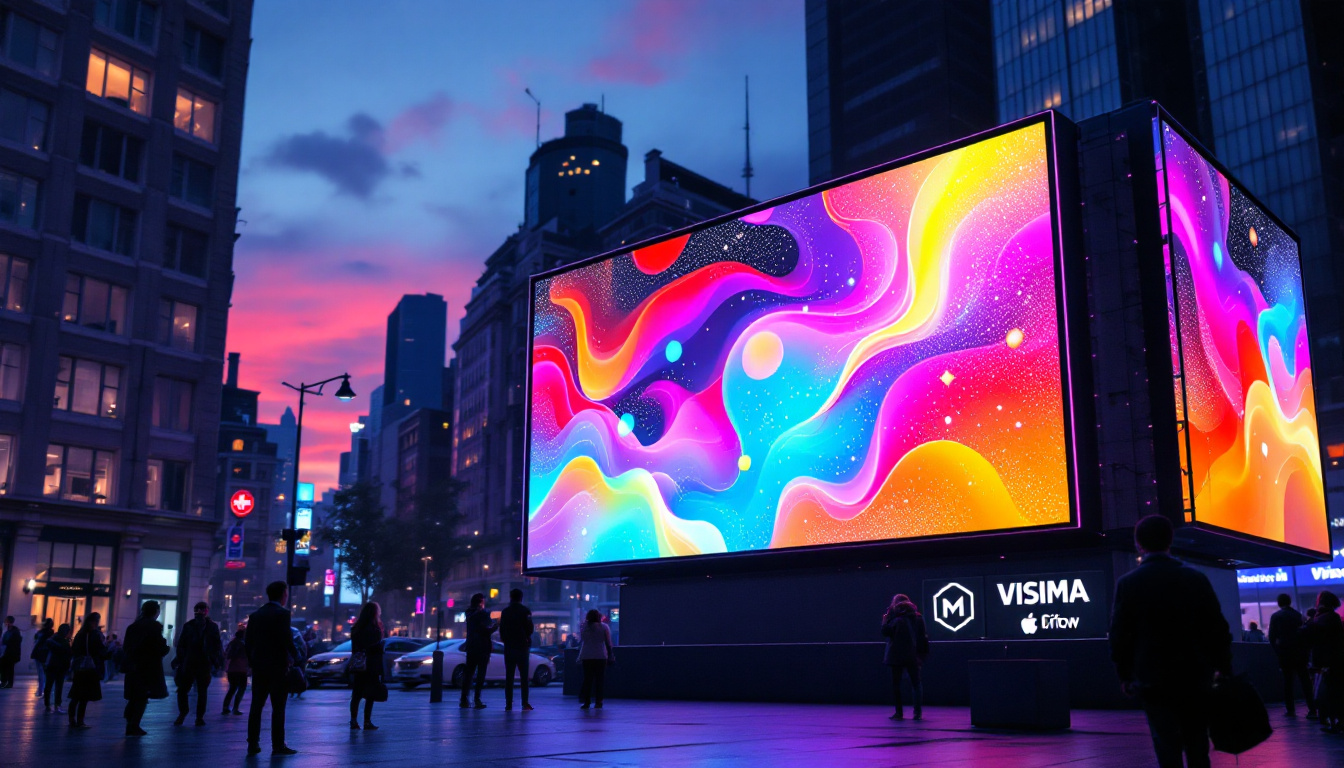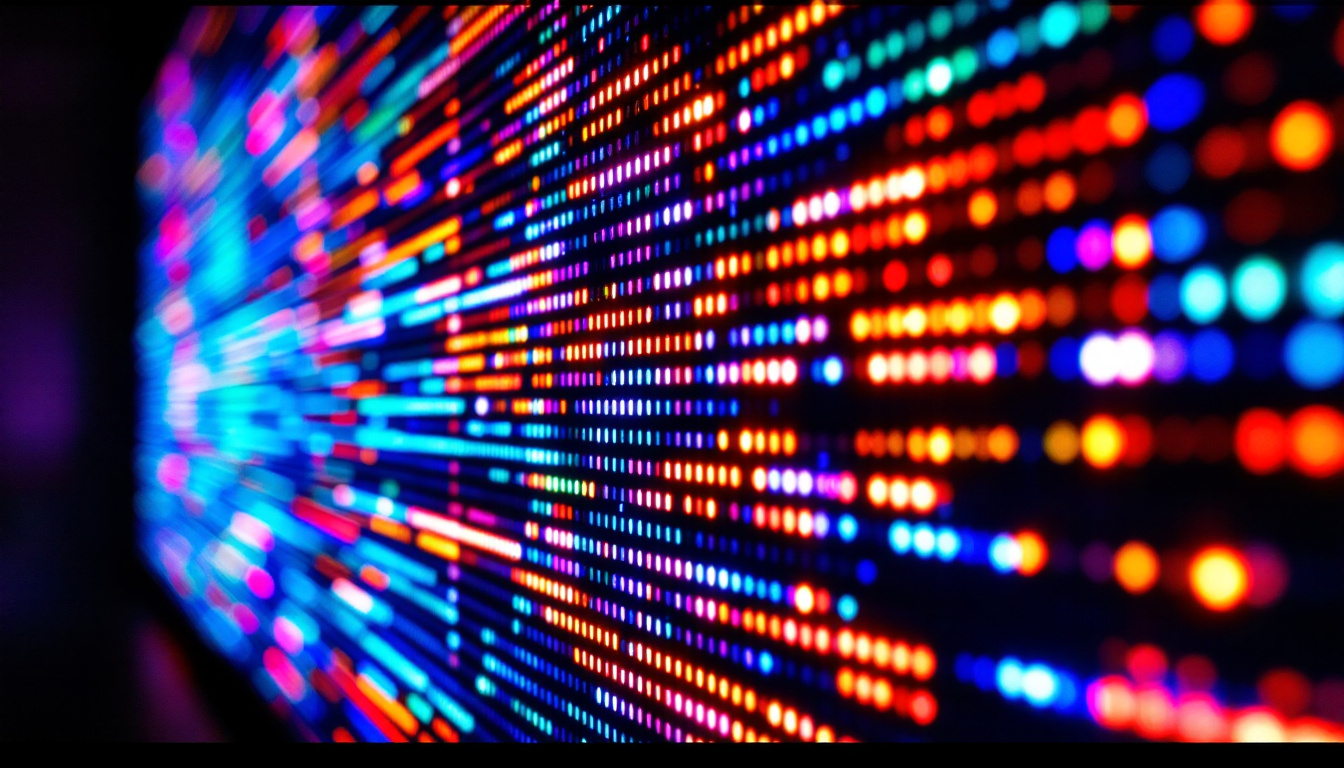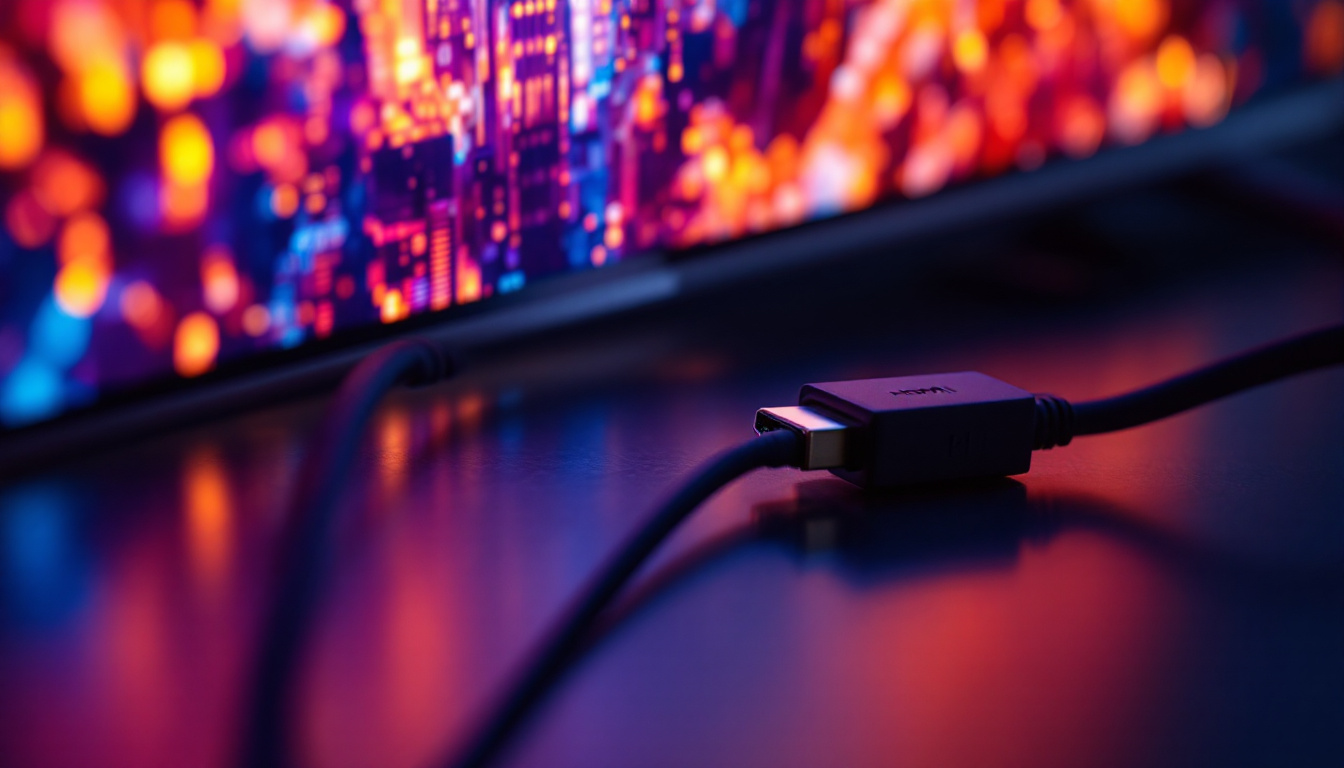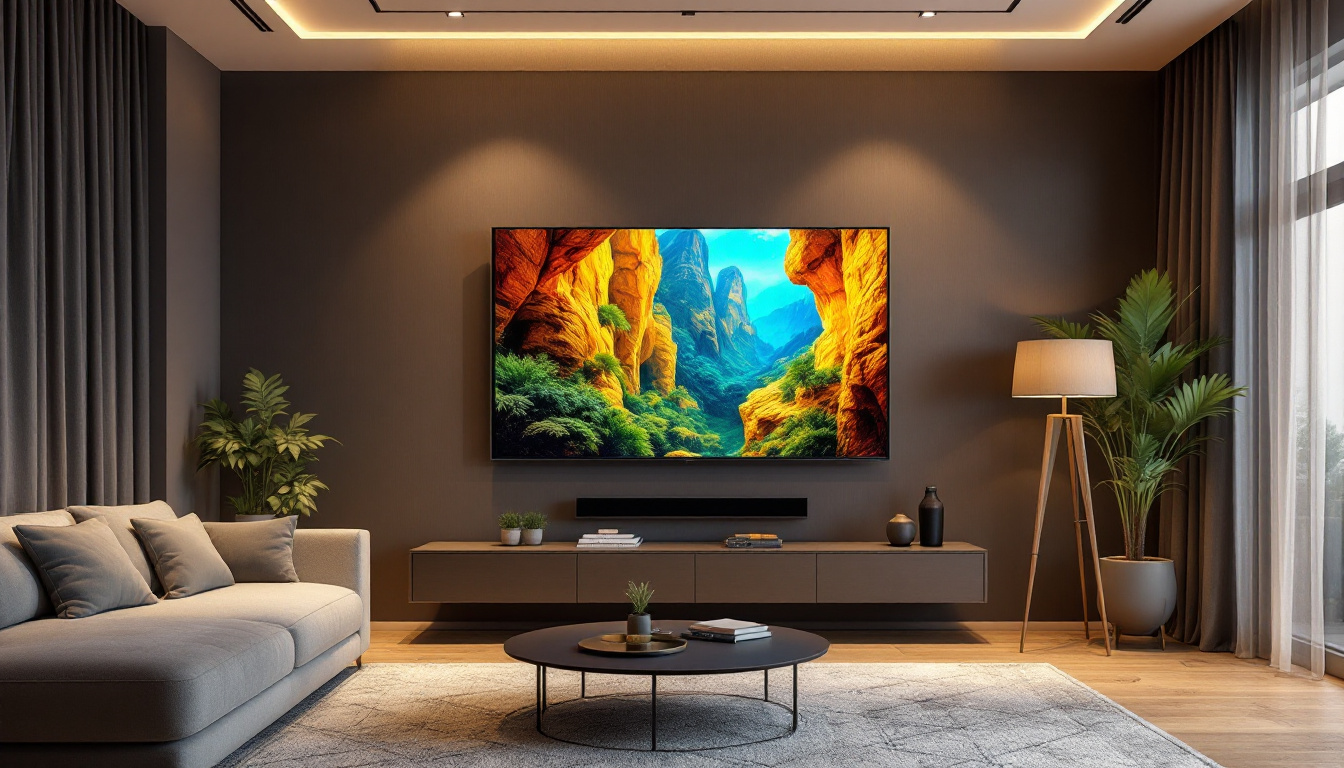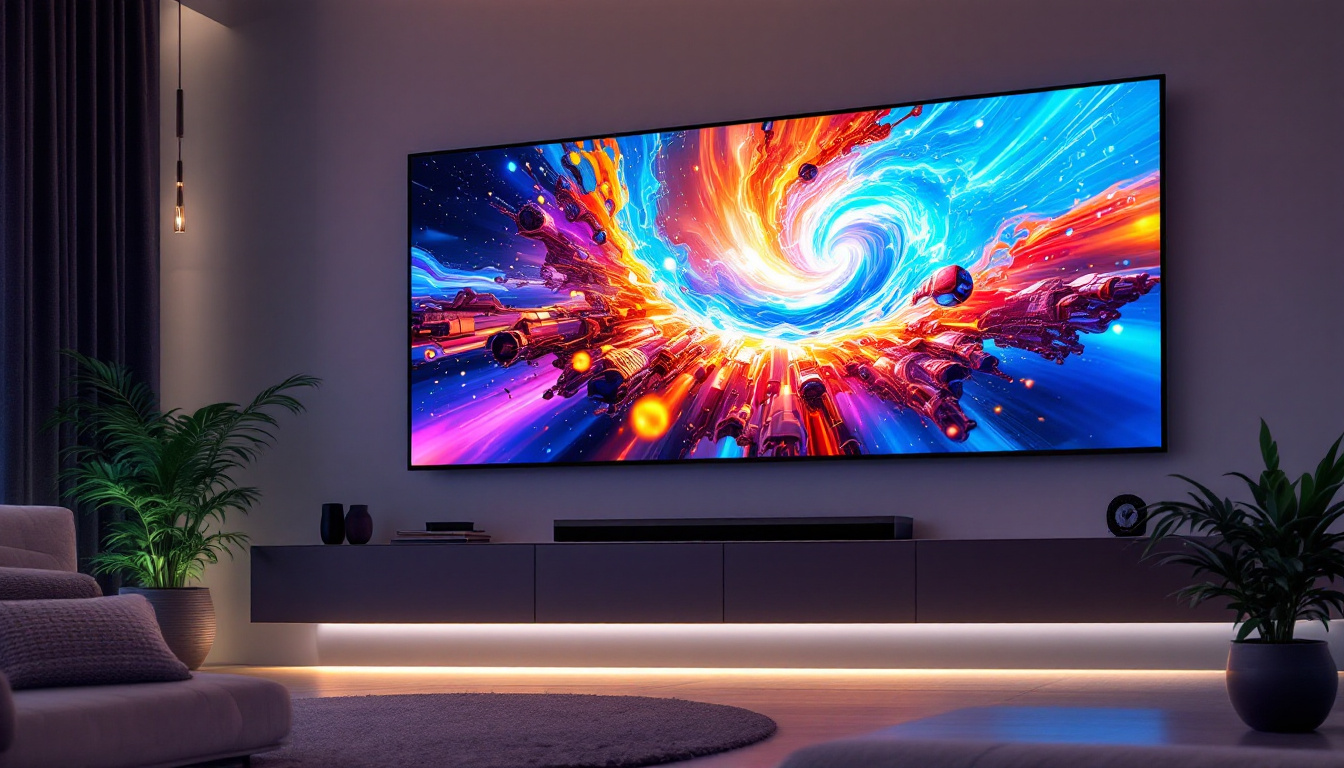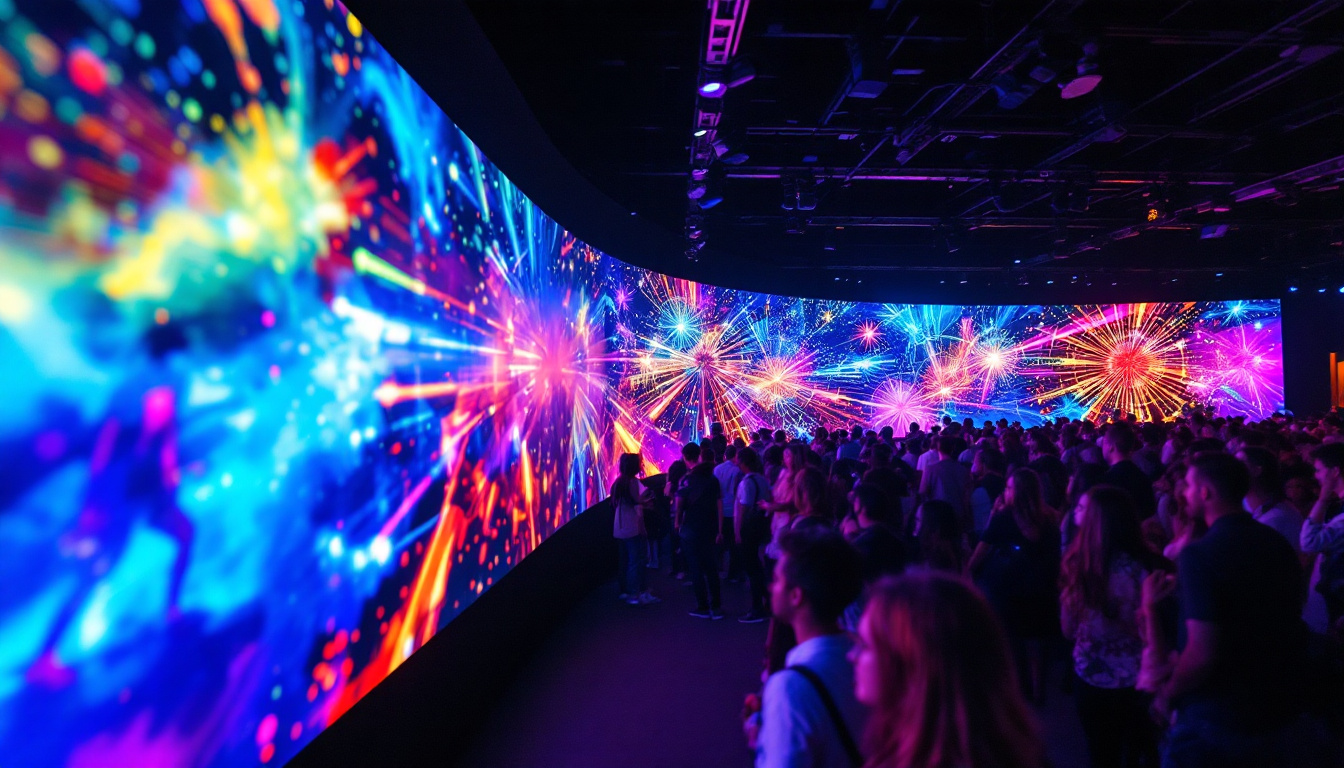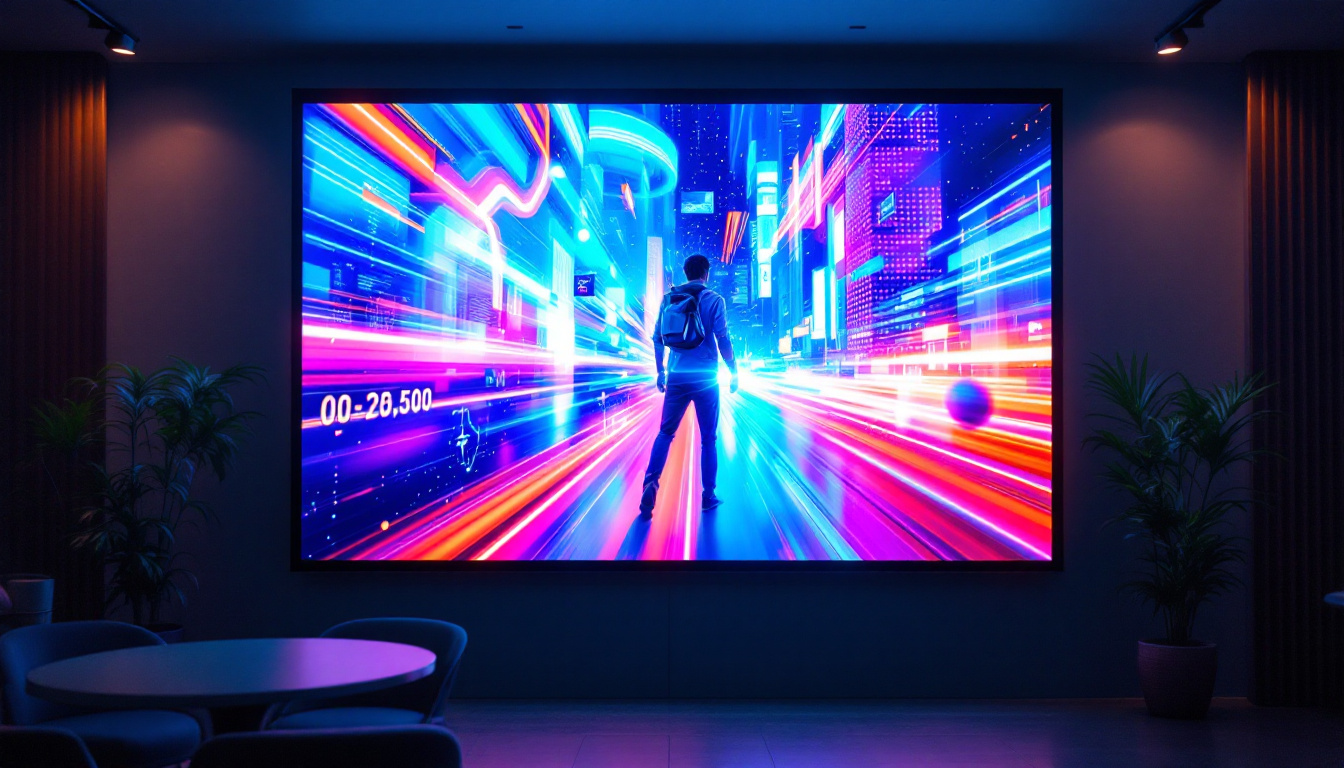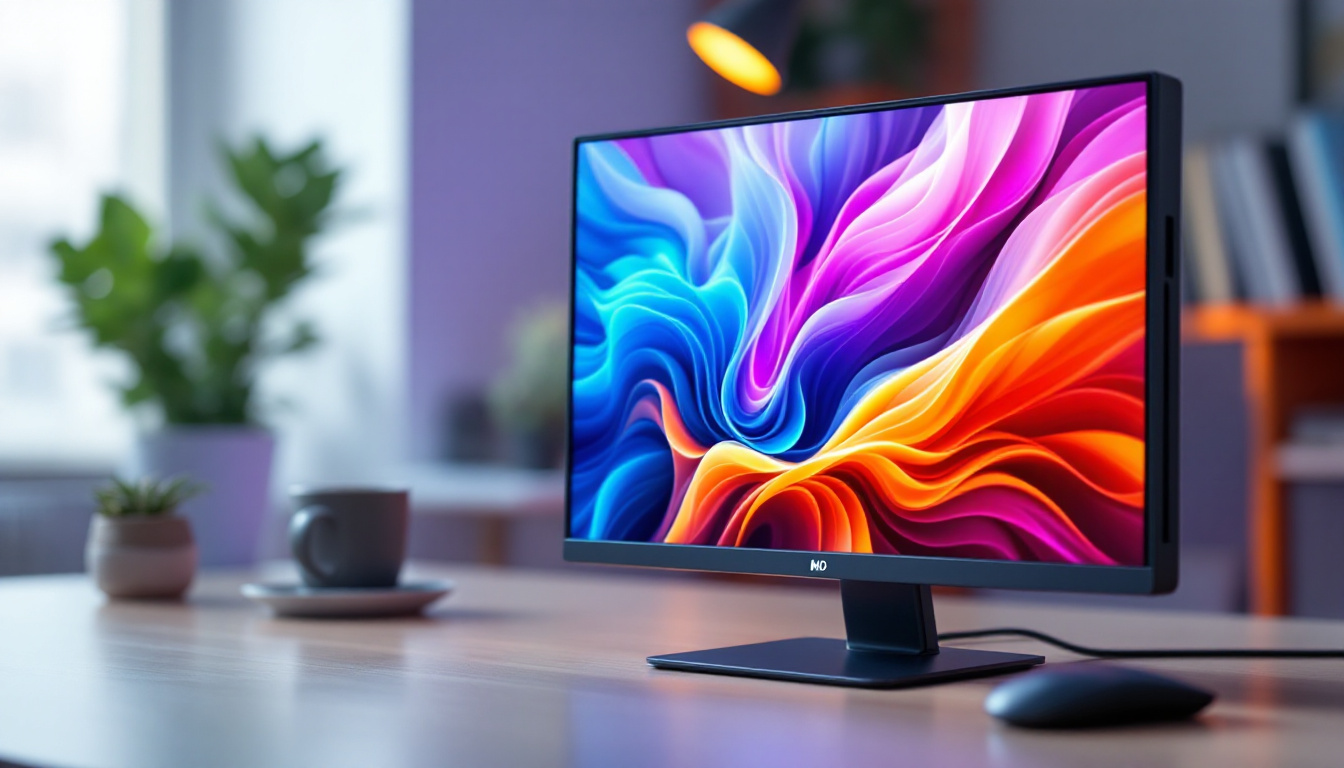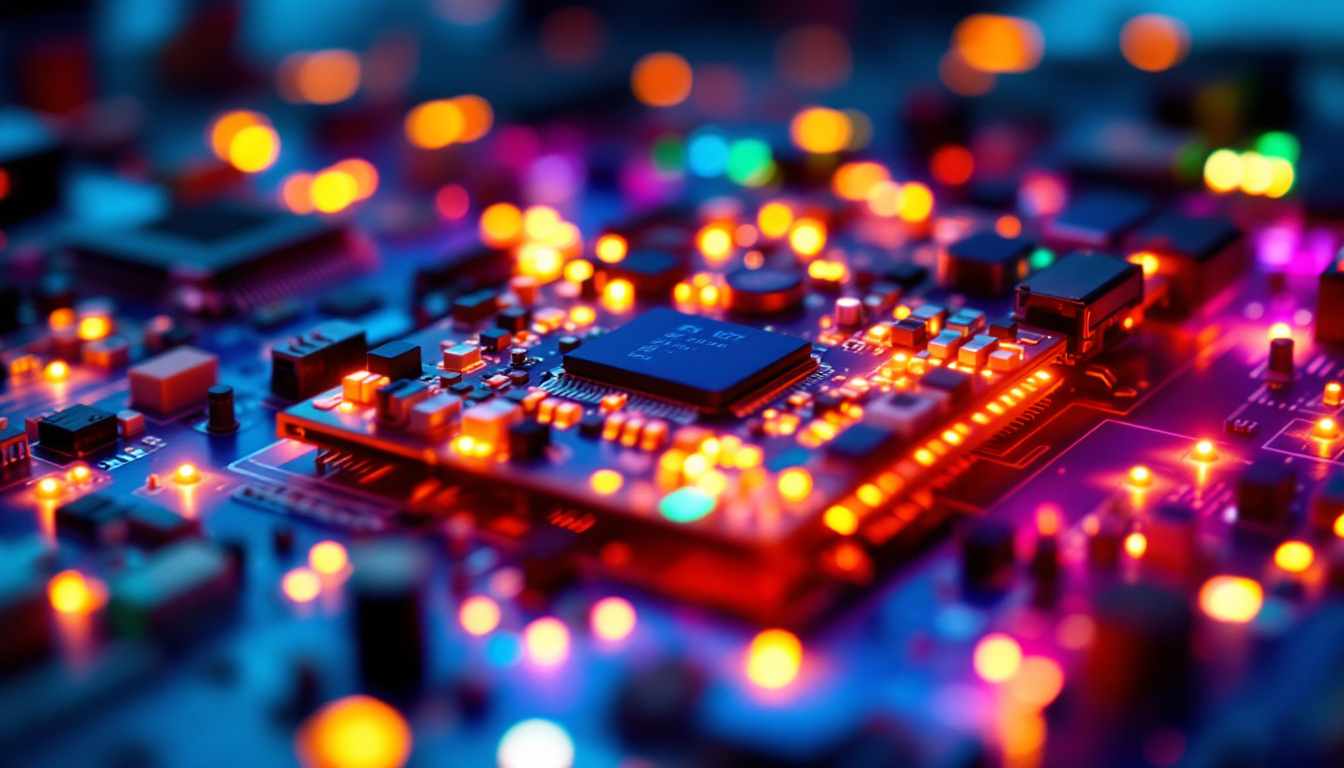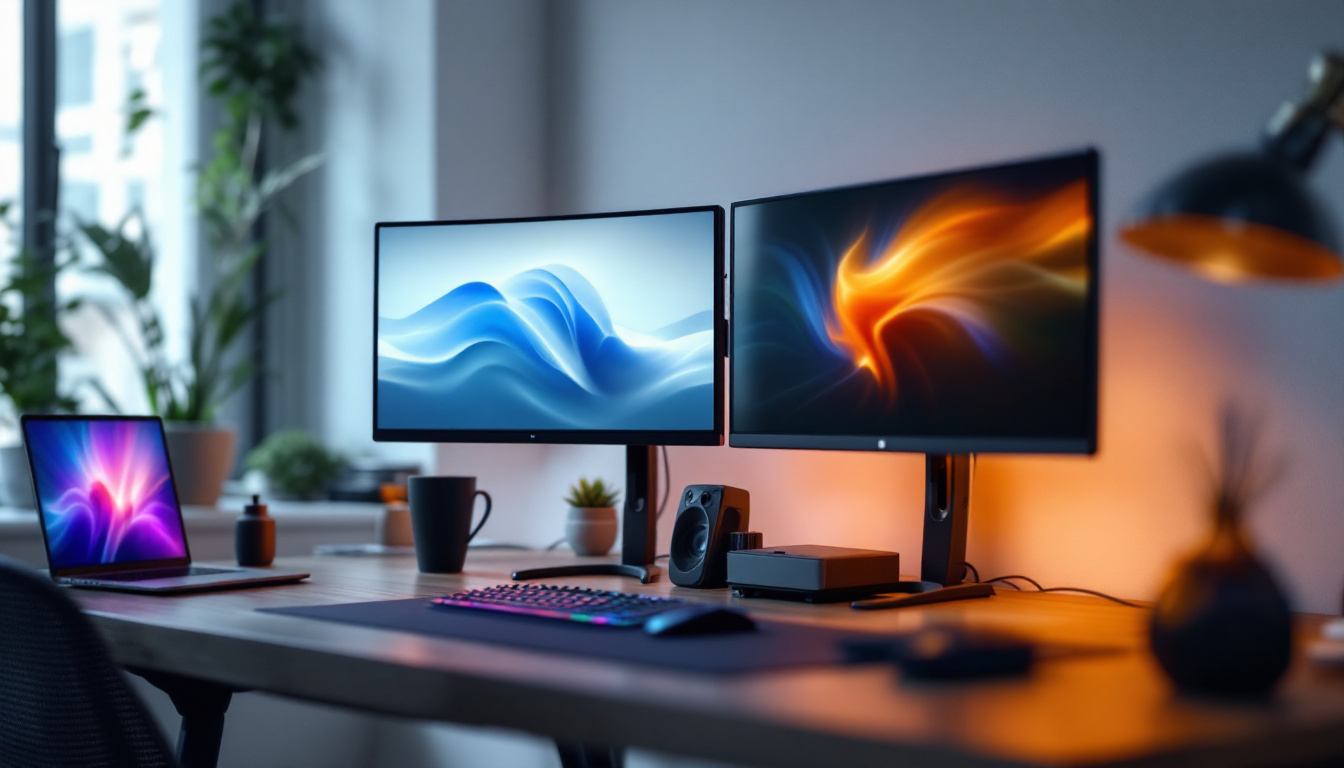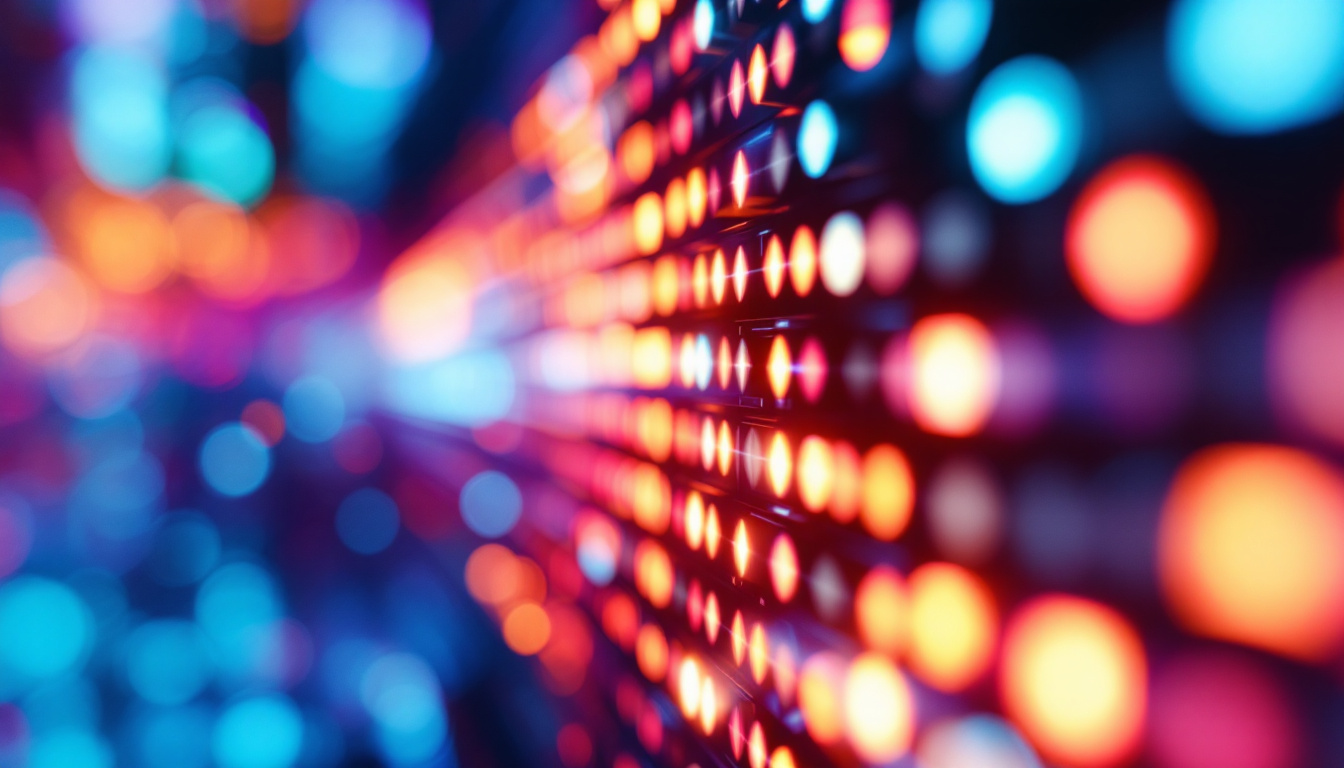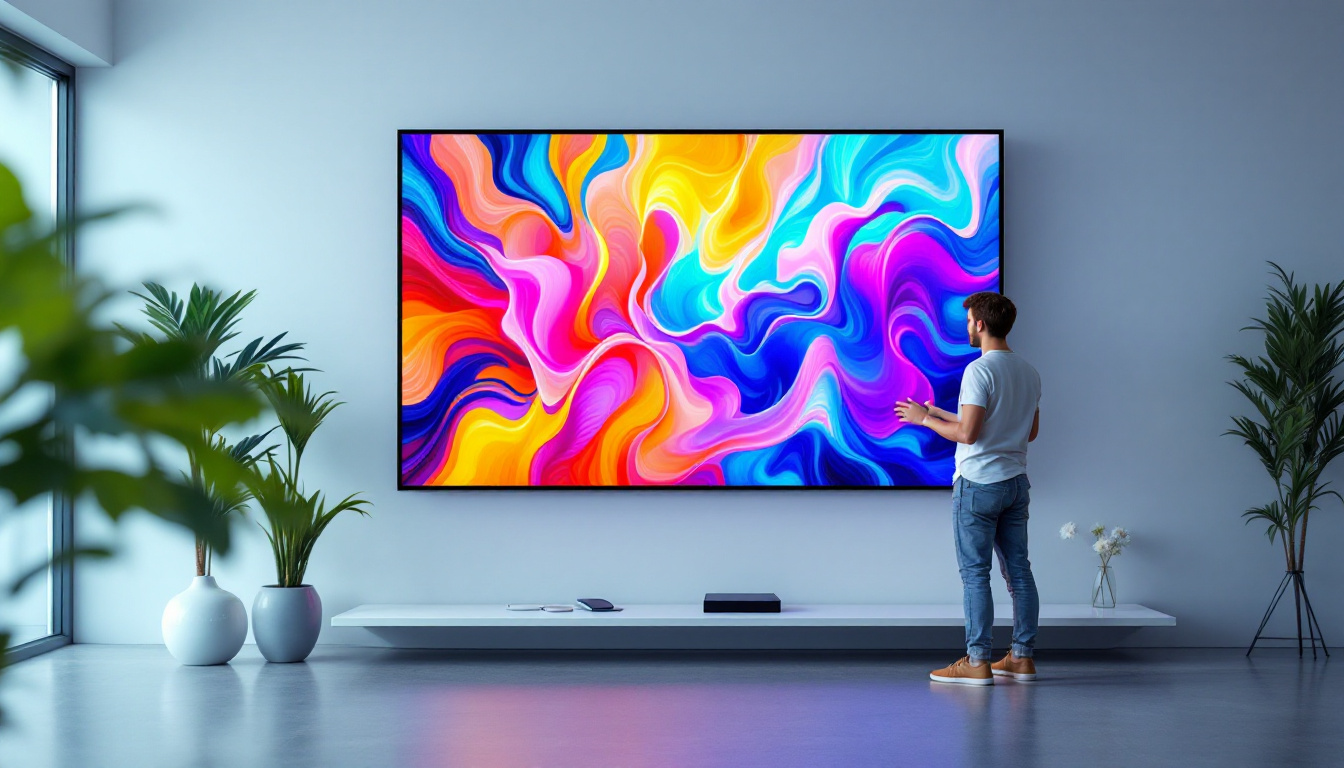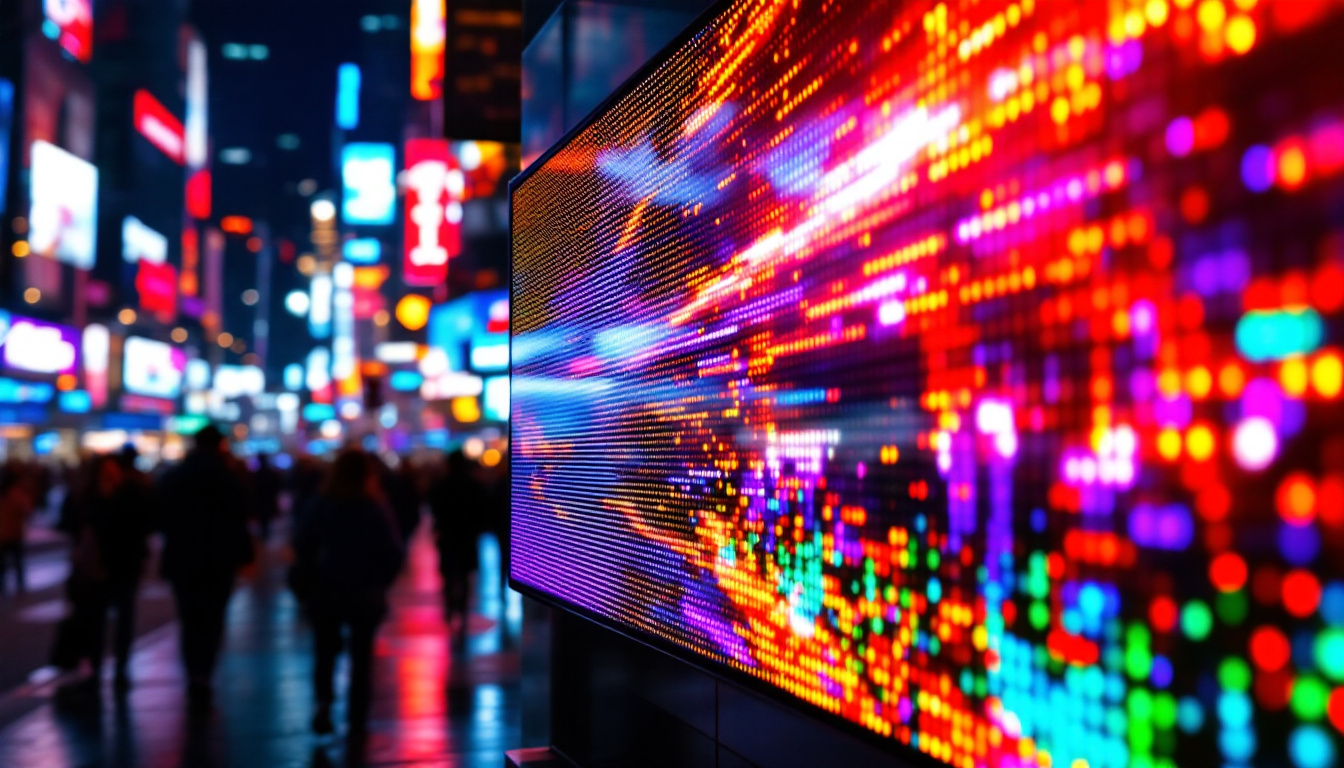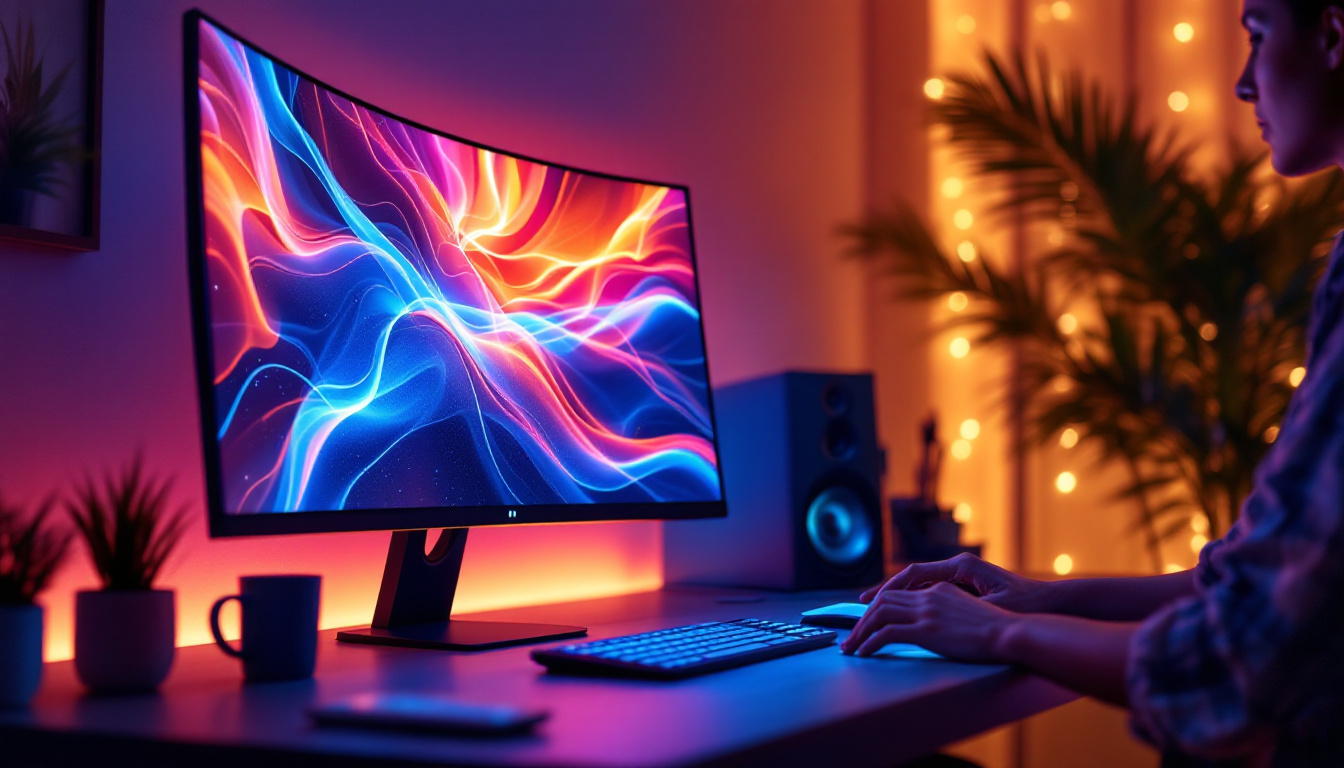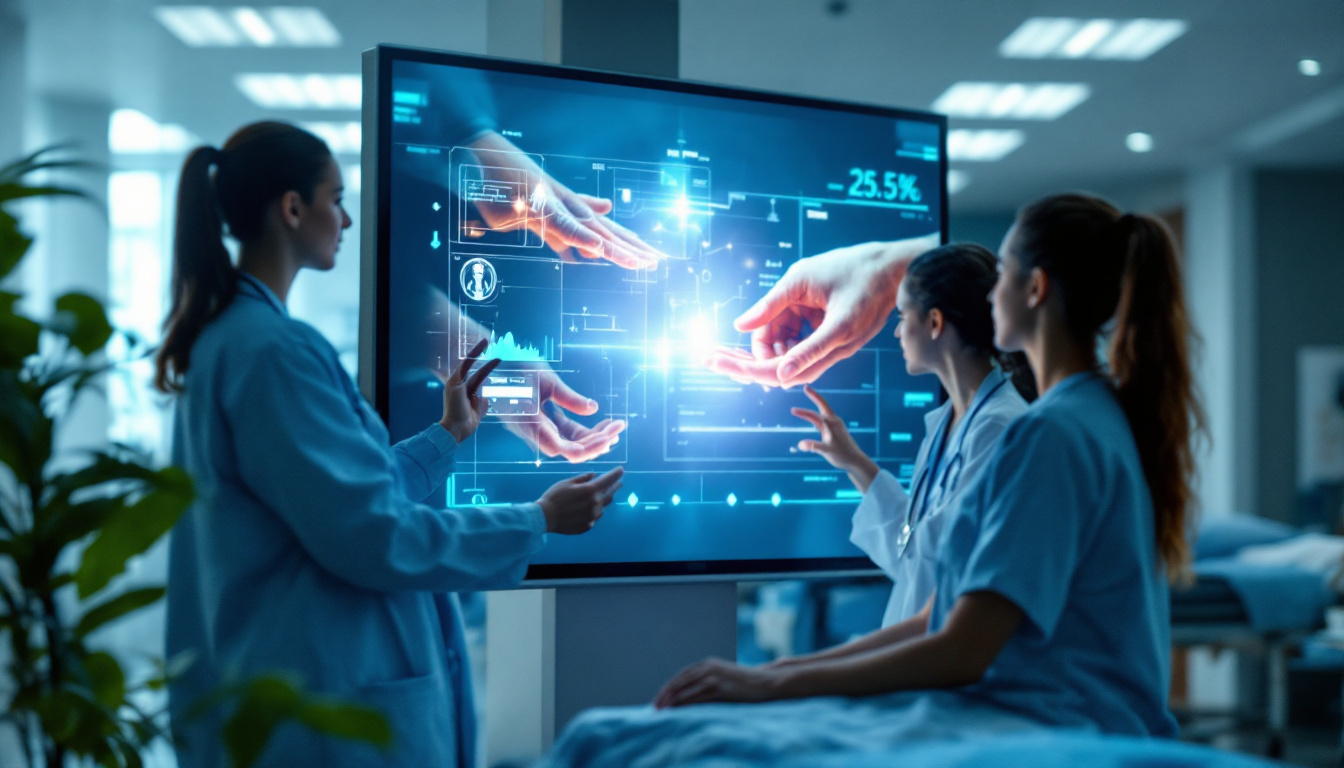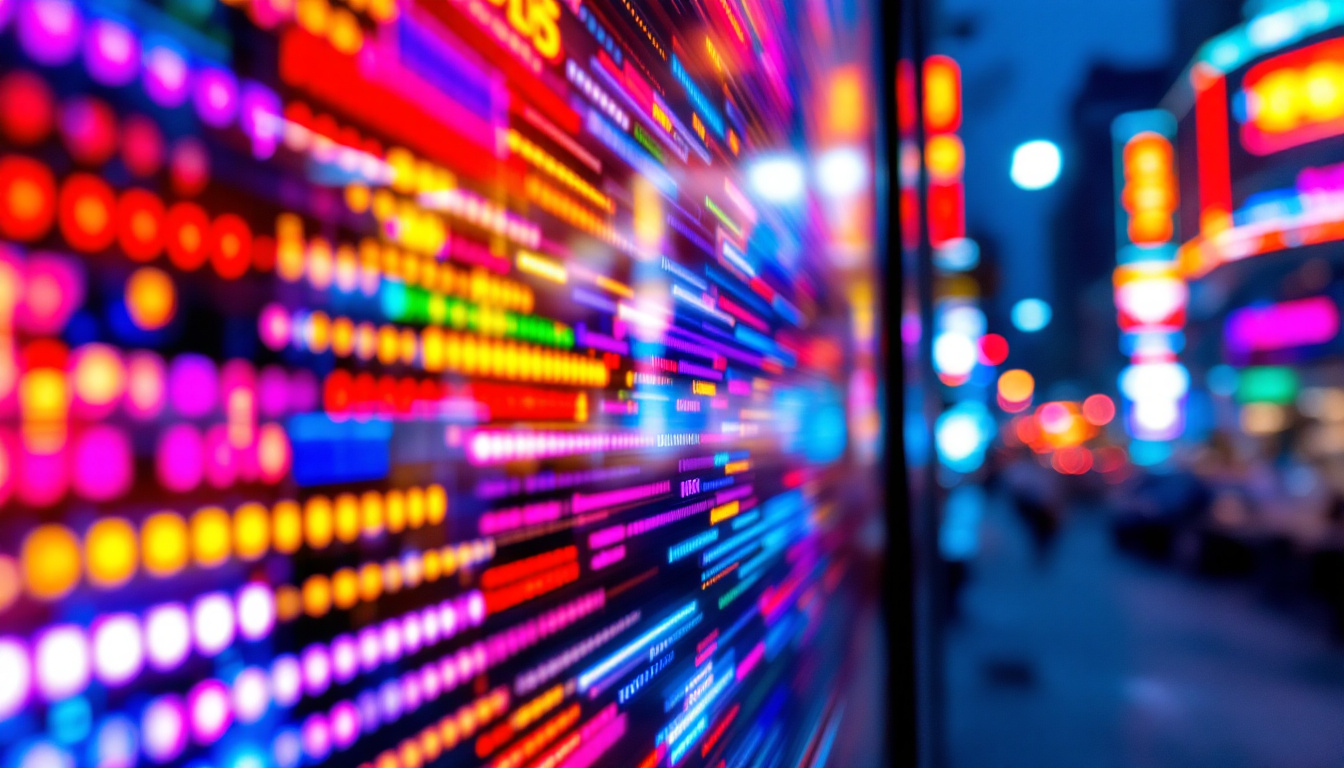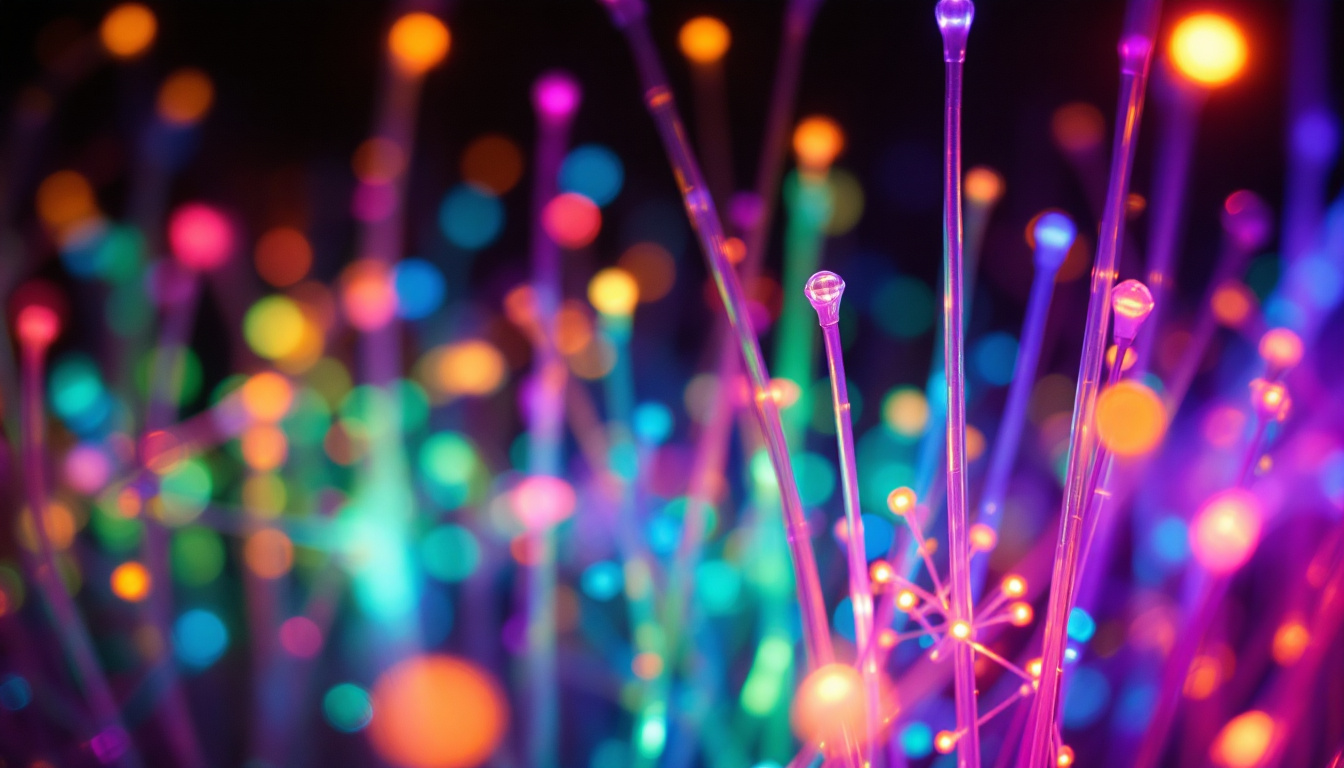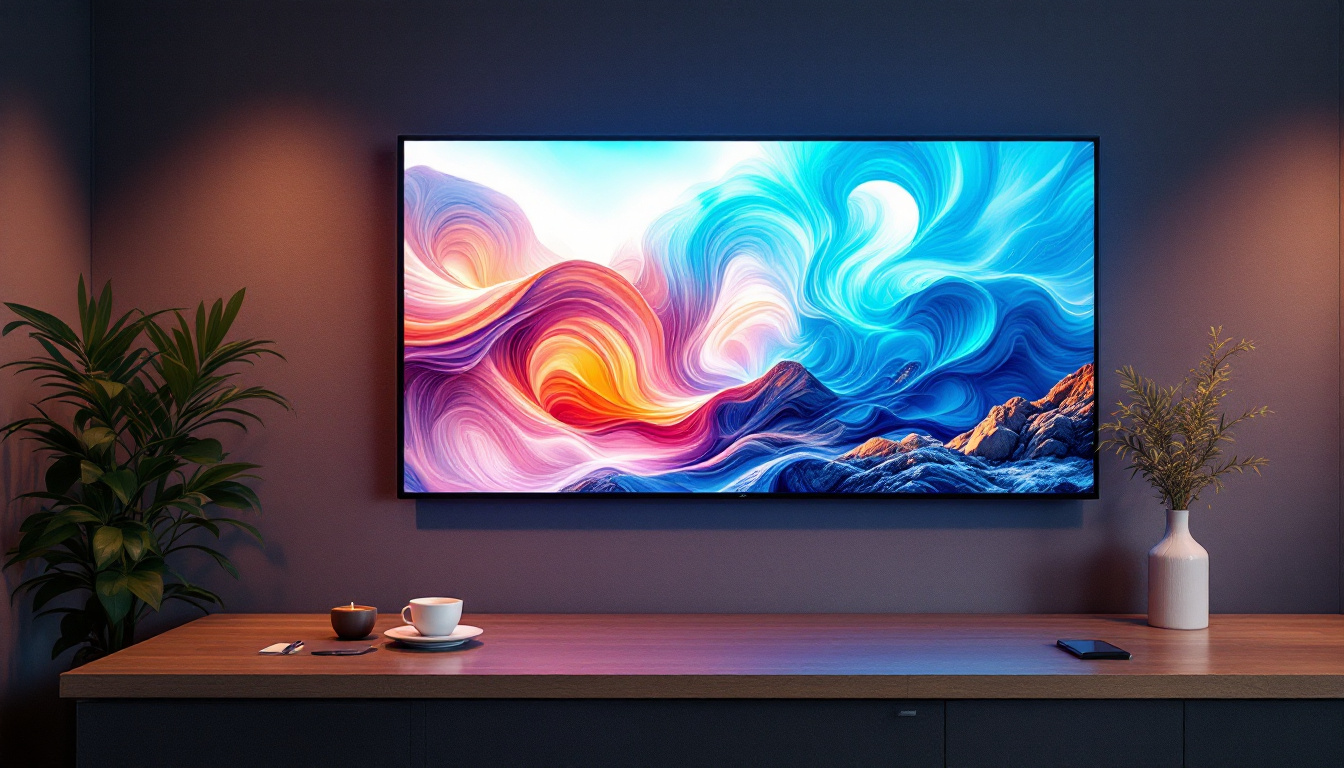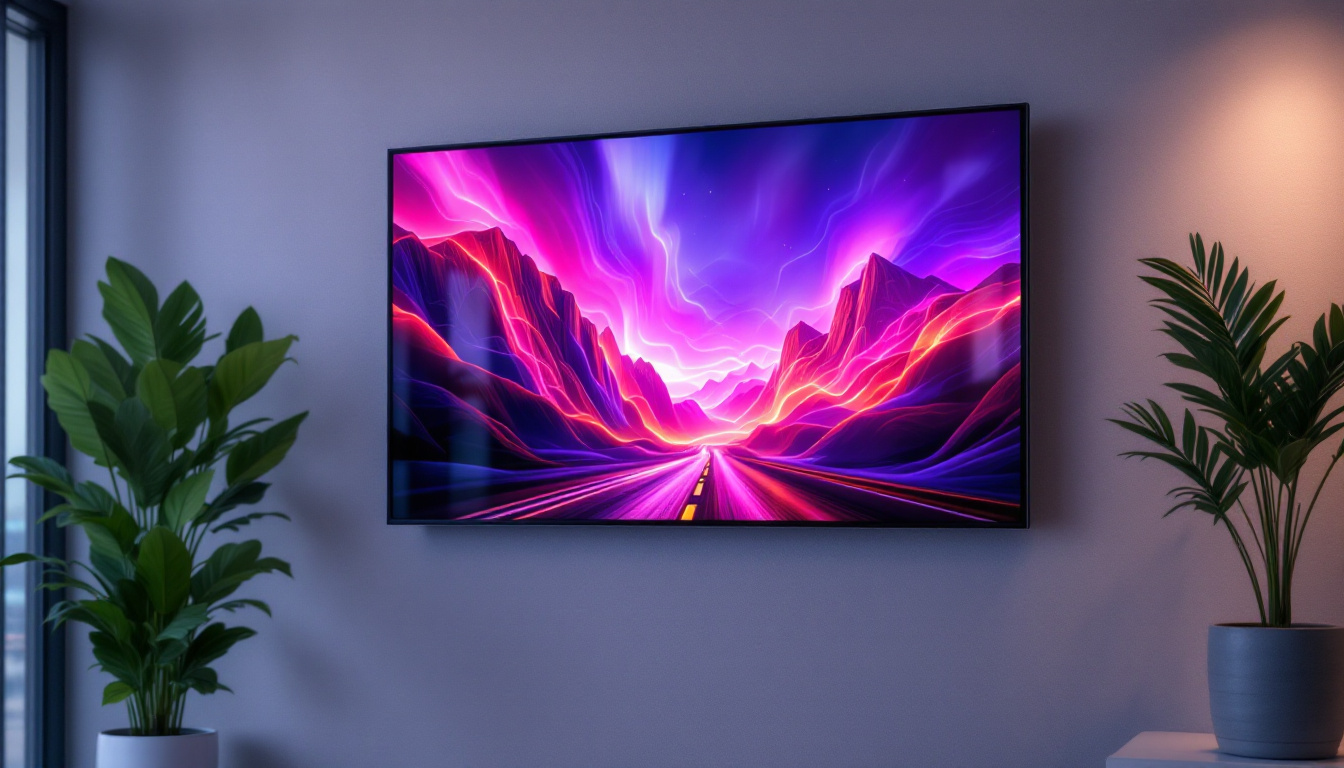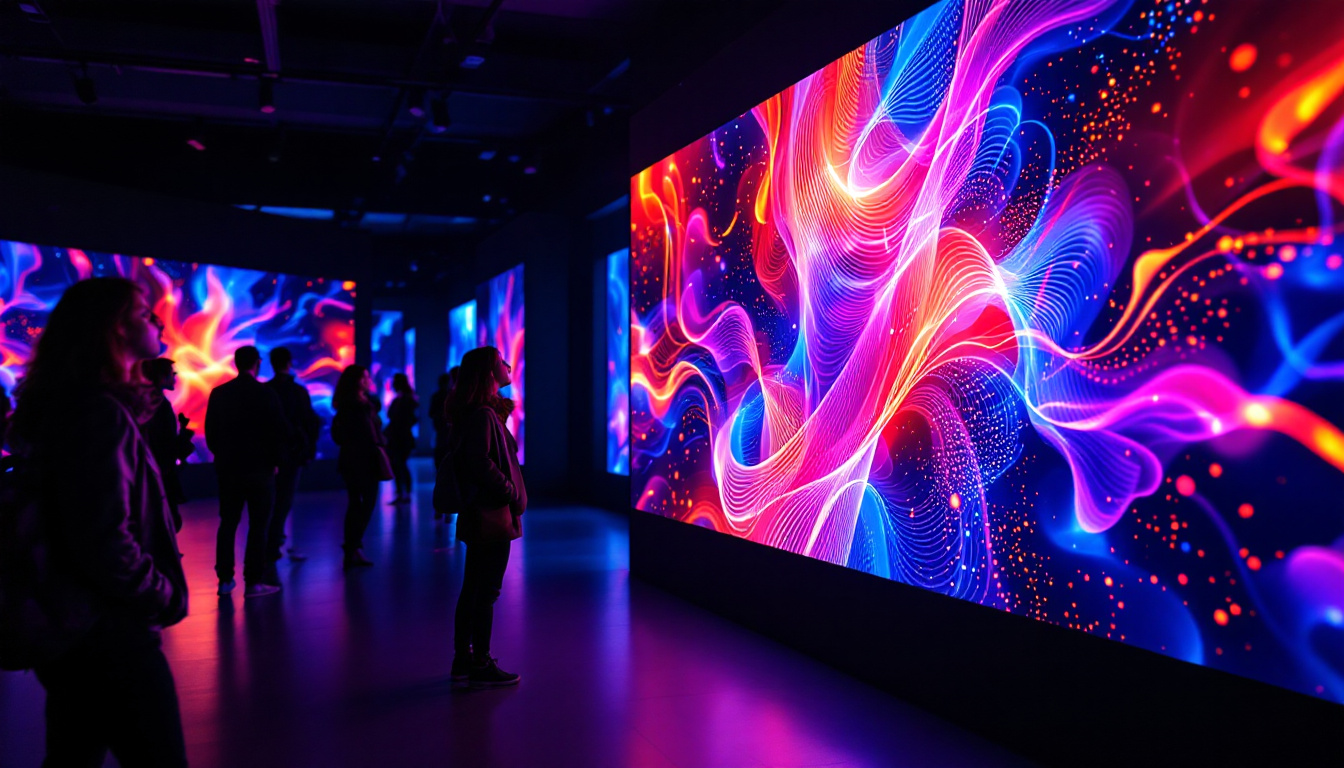In the modern world, LED display screens have become an integral part of our daily lives. From vibrant advertisements in bustling city centers to informative displays in corporate environments, these screens are everywhere. Understanding what LED displays are, how they work, and their various applications can help businesses and consumers make informed decisions when choosing the right display solutions. This article delves into the intricacies of LED display screens, highlighting their features, benefits, and the role of manufacturers in this dynamic industry.
What is an LED Display Screen?
LED stands for Light Emitting Diode, a semiconductor device that emits light when an electric current passes through it. An LED display screen is a flat panel display that uses these diodes to produce images, videos, and text. Unlike traditional LCD screens, which rely on backlighting, LED displays generate their own light, resulting in brighter and more vibrant visuals. This self-illuminating feature not only enhances the color accuracy and contrast of the images displayed but also contributes to energy efficiency, making LED displays a popular choice for both commercial and residential use.
Moreover, the longevity of LED technology is another significant advantage. LED displays can last up to 100,000 hours, far exceeding the lifespan of traditional display technologies. This durability reduces the need for frequent replacements, thereby lowering maintenance costs and minimizing environmental impact. As a result, LED display screens have become increasingly prevalent in various sectors, including advertising, entertainment, and information dissemination.
Types of LED Displays
LED displays come in various types, each designed for specific applications. The most common types include:
- Direct View LED Displays: These are large screens made up of individual LED modules that can be used for outdoor and indoor applications. They are often seen in stadiums, concert venues, and advertising billboards. Their high brightness levels and wide viewing angles make them ideal for capturing attention in bustling environments.
- LED Video Walls: Composed of multiple LED panels, video walls create a larger display area. They are commonly used in control rooms, broadcast studios, and event venues. The modular nature of video walls allows for flexible configurations, enabling users to create customized shapes and sizes to fit specific spaces.
- Transparent LED Displays: These innovative displays allow light to pass through, making them ideal for retail environments where visibility is essential. They can be used as window displays or as part of architectural designs. Their unique feature of transparency enables them to blend seamlessly into storefronts, attracting customers without obstructing views of the products inside.
How LED Displays Work
The technology behind LED displays involves several key components. Each screen is made up of a matrix of pixels, with each pixel consisting of red, green, and blue (RGB) diodes. By adjusting the intensity of these diodes, a wide range of colors can be produced. The process involves:
- Signal Processing: The display receives digital signals from a source, such as a computer or video player, which dictate what content to show. Advanced signal processing techniques ensure that the images are rendered smoothly and with minimal lag, providing a seamless viewing experience.
- Color Mixing: The RGB diodes work together to create various colors by mixing light. For instance, combining red and green produces yellow, while all three colors at full intensity yield white. This capability allows for the display of high-definition content with rich color depth, making it suitable for applications ranging from advertising to artistic installations.
- Brightness Control: LED displays can adjust their brightness based on ambient light conditions, ensuring optimal visibility at all times. This dynamic adjustment not only enhances user experience but also contributes to energy savings, as the display can reduce power consumption in darker environments.
In addition to these fundamental operations, LED displays often incorporate advanced technologies such as pixel pitch optimization and high refresh rates. Pixel pitch refers to the distance between the centers of two adjacent pixels, which affects the display’s resolution and clarity. A smaller pixel pitch results in higher resolution, making it ideal for close-up viewing situations. High refresh rates, on the other hand, ensure that fast-moving images appear smooth and clear, which is particularly important in applications like sports broadcasting and gaming.
The Advantages of LED Display Screens
LED display screens offer numerous advantages over traditional display technologies. Their unique features make them a popular choice for various applications.
Energy Efficiency
One of the most significant benefits of LED displays is their energy efficiency. Compared to conventional LCD or plasma screens, LED displays consume less power while providing brighter images. This efficiency not only reduces electricity costs but also contributes to a smaller carbon footprint, making them an environmentally friendly option. Moreover, many LED displays come with features like automatic brightness adjustment, which further optimizes energy use based on ambient light conditions, ensuring that they operate at peak efficiency without wasting power.
Longevity and Durability
LED displays are designed to last. With a lifespan of up to 100,000 hours, they outlast many other display technologies. Additionally, they are more resistant to shock and vibration, making them suitable for both indoor and outdoor environments. This durability translates to lower maintenance costs and fewer replacements over time. In fact, many industries, such as transportation and retail, have begun to rely on LED displays for their signage and information boards, knowing they can withstand the rigors of daily use without significant wear and tear.
High-Quality Visuals
LED displays are renowned for their exceptional image quality. They provide high contrast ratios, vibrant colors, and wide viewing angles. The ability to display dynamic content, such as videos and animations, makes them ideal for advertising and entertainment purposes. Furthermore, advancements in technology have led to the development of high-resolution displays, enhancing the visual experience even further. The latest models utilize technologies like HDR (High Dynamic Range) and 4K resolution, which allow for deeper blacks and brighter whites, resulting in a more immersive viewing experience. This makes LED displays not just a tool for communication but a medium for artistic expression, captivating audiences in ways that traditional displays simply cannot match.
Applications of LED Display Screens
LED display screens are versatile and can be found in various industries, serving multiple purposes. Here are some common applications:
Advertising and Marketing
In the advertising sector, LED displays are used to grab attention and convey messages effectively. digital billboards, storefront displays, and event signage utilize LED technology to showcase advertisements in a captivating manner. The ability to change content quickly allows businesses to adapt their marketing strategies in real-time.
Entertainment and Events
Concerts, festivals, and sporting events often feature large LED screens to enhance the audience experience. These displays provide live feeds, promotional content, and visual effects, ensuring that attendees remain engaged. Their bright visuals are particularly effective in outdoor settings, where they can be seen from a distance.
Corporate and Educational Use
In corporate environments, LED displays serve as effective communication tools. They can be used for presentations, video conferencing, and information sharing in lobbies or meeting rooms. Educational institutions also benefit from LED technology, utilizing displays for interactive learning and announcements, enhancing the overall educational experience.
Choosing the Right LED Display Screen Manufacturer
With the growing demand for LED displays, selecting the right manufacturer is crucial for ensuring quality and reliability. Here are some factors to consider when choosing a manufacturer:
Experience and Reputation
Look for manufacturers with a proven track record in the industry. Established companies often have the experience and expertise to deliver high-quality products. Research customer reviews and case studies to gauge their reputation and reliability.
Product Range and Customization
A good manufacturer should offer a diverse range of products to meet various needs. Whether it’s outdoor displays, indoor screens, or specialized solutions, having options allows businesses to select the best fit for their requirements. Additionally, customization options can be beneficial for unique applications.
Technical Support and Warranty
Reliable technical support is essential for addressing any issues that may arise post-purchase. Ensure that the manufacturer provides comprehensive support and a solid warranty on their products. This assurance can save time and costs in the long run.
Future Trends in LED Display Technology
The LED display industry is continually evolving, driven by technological advancements and changing consumer demands. Here are some trends to watch for in the future:
MicroLED Technology
MicroLED technology is gaining traction as a potential game-changer in the display market. These tiny LEDs offer even higher resolution and improved color accuracy compared to traditional LEDs. As manufacturing processes become more refined, MicroLED displays may become more accessible for various applications.
Integration with Smart Technology
As smart technology continues to permeate everyday life, LED displays are expected to integrate seamlessly with IoT devices and smart systems. This integration will enable more interactive and personalized experiences, such as responsive advertising and real-time data visualization.
Sustainability Initiatives
With growing awareness of environmental issues, manufacturers are focusing on sustainability. This includes using eco-friendly materials, improving energy efficiency, and implementing recycling programs for old displays. The push for greener solutions will likely shape the future of LED display technology.
Conclusion
LED display screens have revolutionized the way information is presented and consumed in various sectors. Their energy efficiency, durability, and exceptional visual quality make them a preferred choice for businesses and consumers alike. As technology continues to advance, the potential applications and benefits of LED displays will only expand. By understanding the intricacies of LED displays and the role of manufacturers, stakeholders can make informed decisions that align with their needs and goals.
In a world where visual communication is paramount, investing in high-quality LED display screens is not just a trend but a strategic move towards enhancing engagement and reaching audiences effectively.
Discover LumenMatrix’s Innovative LED Display Solutions
Ready to elevate your visual communication strategy with the latest in LED display technology? LumenMatrix offers a comprehensive range of cutting-edge LED display modules designed to enhance brand visibility and create immersive visual experiences. From Indoor and Outdoor LED Wall Displays to specialized solutions like Vehicle LED Displays, LED Sports Displays, and Custom LED Displays, our products are crafted to captivate your audience and deliver your message with unparalleled clarity and impact. Experience the future of digital signage with LumenMatrix and transform the way you engage with your audience. Check out LumenMatrix LED Display Solutions today and take the first step towards revolutionizing your visual presence.

